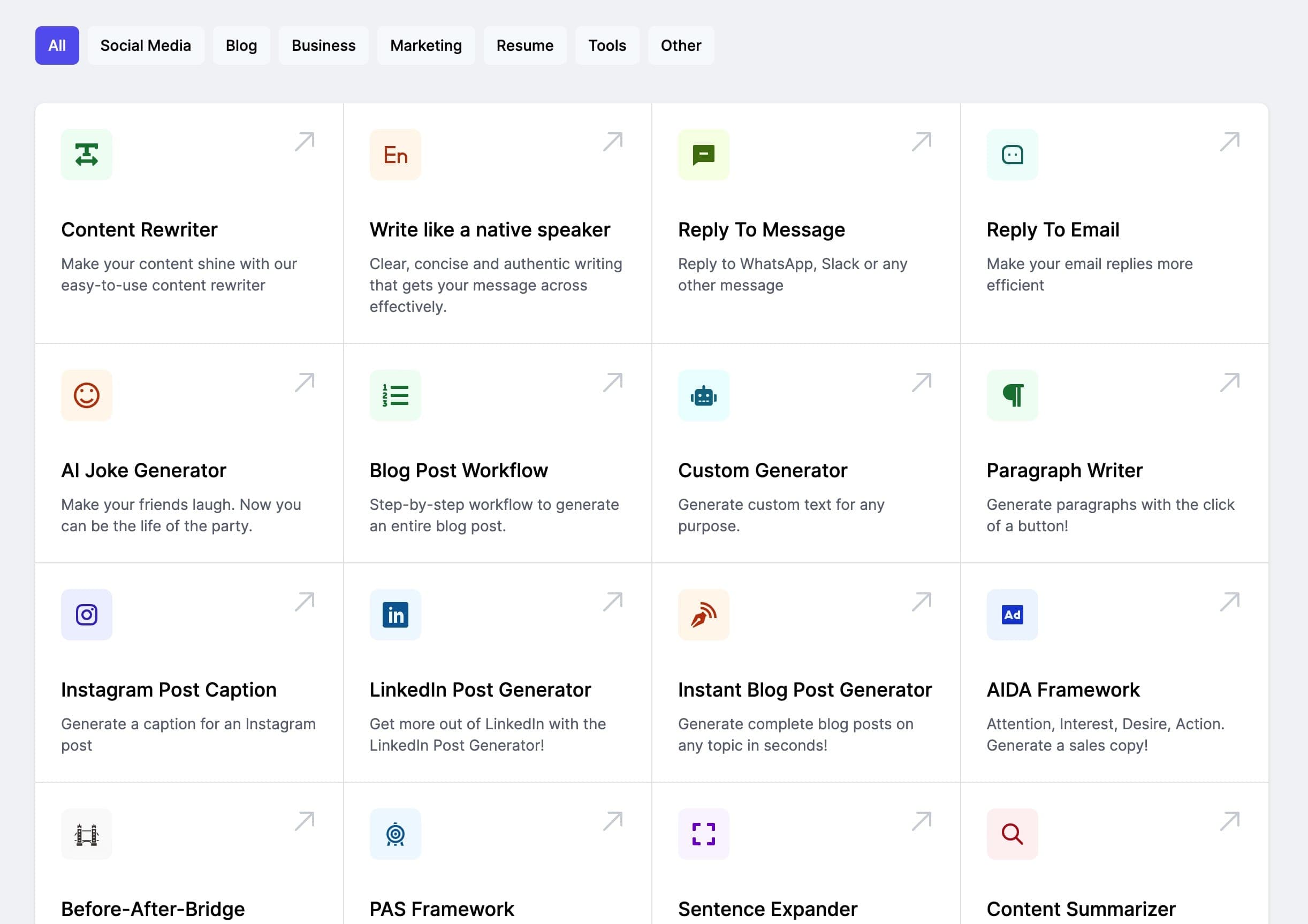Client: male, Age: 25, Diagnosis: Anxiety. His anxiety has been increasing over the past few weeks. Social: lives with his parents, works as a software engineer. Medical: no significant medical history. Goals: to reduce anxiety and improve sleep.
Client Information:
Client: Male, 25 years old
Diagnosis: Anxiety
Session Date: [Insert Date]
Session Type: Applied Behavior Analysis (ABA) Therapy
Session Duration: 1 hour
Location: Therapy office
Attendees: Client, ABA Therapist
Session Goals:
To reduce the client's anxiety levels.
To improve the client's sleep quality.
Observations:
Mood and Affect: The client presented with a calm demeanor but reported experiencing internal feelings of restlessness and worry, particularly in the evenings.
Verbalizations: The client discussed his increasing anxiety over the past weeks, noting triggers such as deadlines at work and a recent disagreement with a family member.
Physiological Signs: The client exhibited signs of anxiety including fidgeting, avoidance of eye contact, and rapid speech when discussing stressors.
Sleep Patterns: The client reported difficulty falling asleep, mentioning it usually takes him over an hour to fall asleep after going to bed.
Interventions:
Cognitive Restructuring: Engaged the client in identifying and challenging his catastrophic thoughts surrounding work deadlines and personal interactions. Utilized Socratic questioning to help him view these situations more realistically and less threateningly.
Relaxation Techniques: Introduced deep breathing exercises and progressive muscle relaxation. Practiced these techniques during the session and provided a handout for home practice. The client was encouraged to use these techniques daily, particularly before bedtime to aid in sleep.
Behavioral Activation: Discussed the client's current level of activity and interests. Encouraged the incorporation of at least 30 minutes of physical activity into his daily routine, which can help reduce anxiety symptoms. Planned activities included walking and light jogging.
Sleep Hygiene Education: Reviewed principles of good sleep hygiene including:- Establishing a regular sleep schedule.- Avoiding caffeine and heavy meals close to bedtime.- Creating a bedtime routine that includes winding down without screens at least an hour before sleep.
Exposure Therapy: Briefly introduced the concept of exposure therapy for anxiety related to specific triggers such as work-related stress. Discussed a graduated plan for approaching these anxiety-inducing situations in a controlled and systematic way.
Progress Towards Goals:
Anxiety: The client demonstrated understanding in identifying irrational thoughts and applying cognitive restructuring with minimal guidance. Showing initial signs of reduction in anxious symptoms during discussion towards the end of the session.
Sleep: The client was receptive to sleep hygiene education but has not yet implemented strategies. Plans to start tonight and will monitor progress.
Plan:
Continue weekly sessions focusing on advancing cognitive restructuring techniques and exposure therapy.
Client to keep a daily journal of his anxiety levels and sleep patterns for ongoing assessment.
Review and practice relaxation techniques at the beginning of each session to reinforce skills.
Follow up on the implementation of sleep hygiene techniques and adjust as necessary based on the client's feedback.
Next Session: Scheduled for [Insert Date]
Focus will be on reviewing the effectiveness of the introduced relaxation and sleep hygiene techniques.
Further exposure therapy techniques will be planned and practiced.
Therapist Notes:
The client is showing good engagement in the therapeutic process and openness to trying new strategies. Continuing to build on coping strategies and gradually introducing more complex techniques will likely benefit his progress.
Consider consultation with a psychiatrist for medication evaluation if no significant improvement in anxiety and sleep with behavioral strategies alone.

